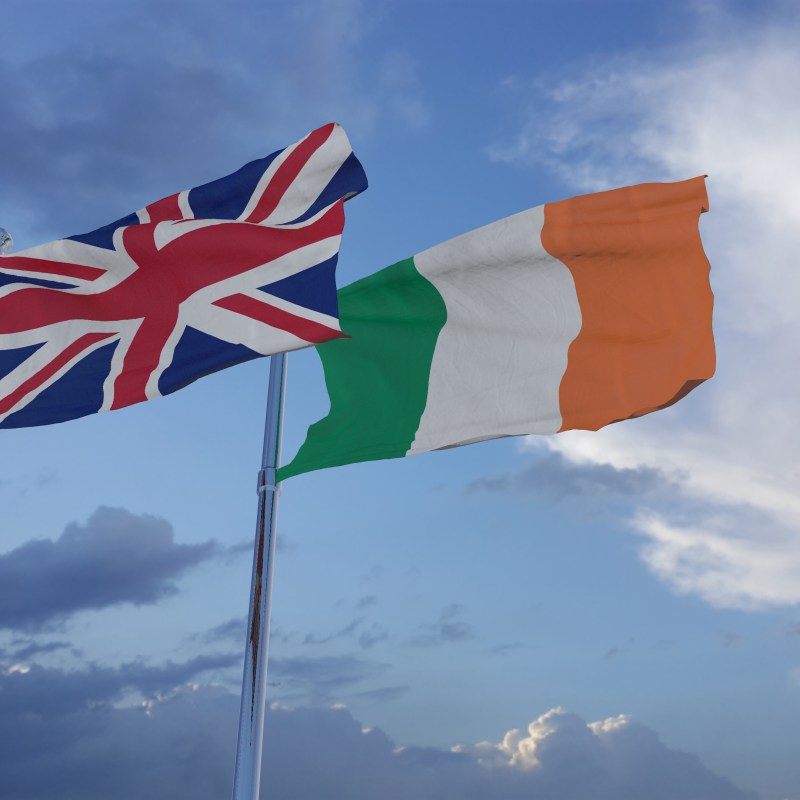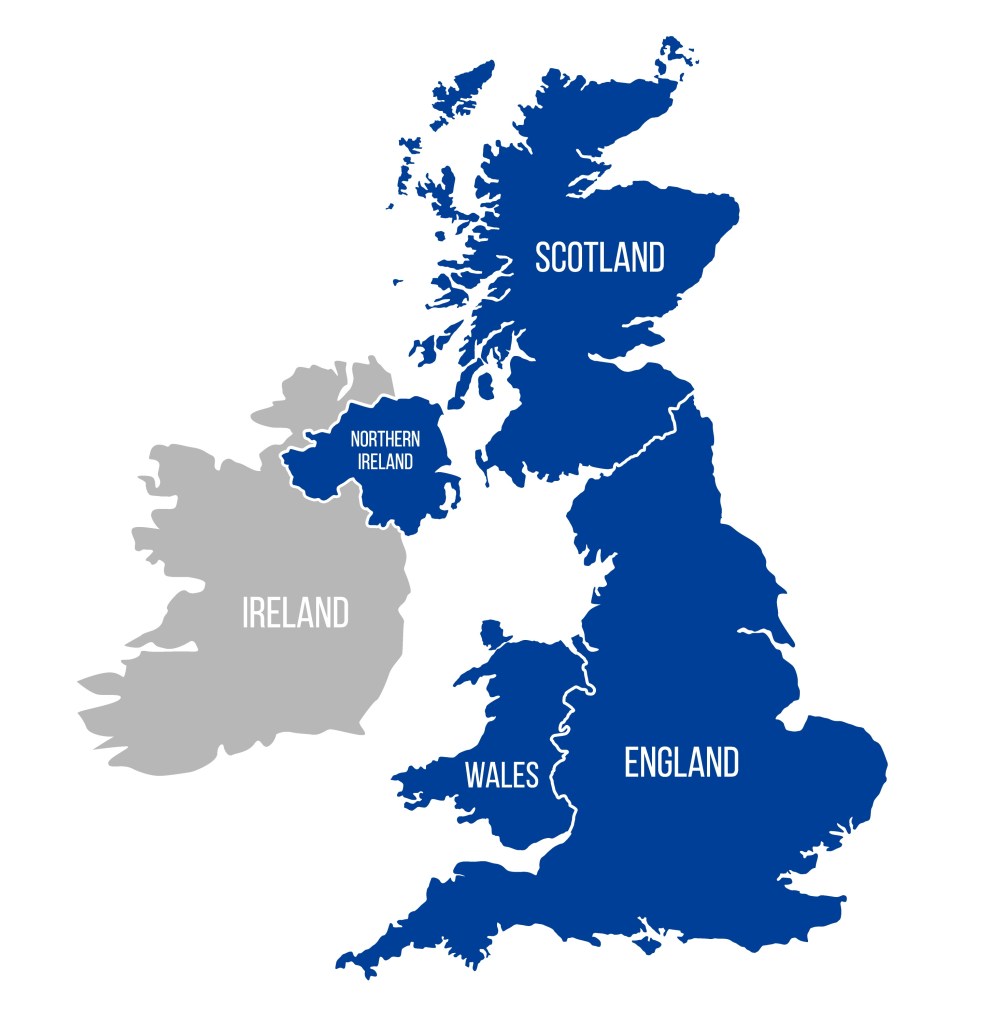
The United Kingdom and Ireland are two of the most popular international destinations for Americans. In 2024, over 40 million Americans flew over to the UK, while another 1.5 million headed to the Emerald Isle.
Videos by TravelAwaits
There’s just one catch.
Though we love to visit the British Isles, not many of us are well-versed in the difference between the UK and Britain, Ireland and Northern Ireland, or Scotland, Wales, and England.
Similar to the Scandinavian and Nordic countries, it’s an overlapping and complex topic that’s driven by centuries of history.
Looking for a little guide to the British Isles? Consider this your one-stop introduction to the UK and Britain, along with the other geographic, national, and cultural differences you need to know before visiting.
Just one thing before we start: I’m not delving into historical topics like the Battle of Culloden in Scotland or The Great Hunger in Ireland. If you want to learn about the centuries-long and deeply political exchanges across the British Isles, I recommend starting that very heady journey with this guide from Oxford.
And I recommend keeping that history in mind if you happen to get involved in a discussion about identity across the British Isles. (More on this below.)
Guide to the British Isles: geography

Let’s start with the most basic way that you can tell the difference between the UK and Britain, along with all other countries on the British Isles. Use the handy image above for reference.
The British Isles refer to all the islands in this region. The largest are Great Britain (usually called Britain) and Ireland. But there are many other important islands in the mix, like the Isle of Man, the Isle of Jersey, and Anglesey in Wales.
Great Britain refers to the largest island, which is home to England, Wales, and Scotland.
Irelandrefers to the second-largest island, which is home to the nation of Ireland and Northern Ireland. Northern Ireland is a territory of the United Kingdom, but it is still on the island of Ireland.
So, if you’re talking about all the islands, you say British Isles. If you’re just talking about the largest island, home to England and Scotland and Wales, that’s Great Britain. And if you’re talking about the nation of Ireland or Northern Ireland, they’re both in Ireland.
You’re still with me, right?
Guide to the British Isles: countries
If you were paying attention to the last section, you might already know the difference between the UK and Britain. The UK is a country, while Britain is the island it’s located on.
Remember: Britain and Great Britain are used interchangeably.
The UK consists of four countries: England, Wales, Scotland, and Northern Ireland.
A good way to think about their countries-within-a-country is the US’s relationship to federally recognized tribal reservations, which are run as sovereign nations. It’s not an identical setup, but it’s similar in that England, Wales, Scotland, and Northern Ireland all retain special rights as part of the United Kingdom.
Ireland, by contrast, is unified as a single republic with various counties. Ireland is also part of the European Union, meaning it uses the euro. The UK, by contrast, famously exited the EU and uses the pound.
Guide to the British Isles: culture and language
The British Isles are small, but they have a long, larger-than-life history. That’s a delicate way of saying that the overlap between culture, language, and tradition is a hot topic.
You’ll hear many different opinions—so if you happen to be discussing identity in the British Isles with a Scot, Welsh, English, or Irish person, listen and don’t assume.
For example, a Scot might consider themselves both Scottish and British. That element of British identity comes from sharing the island with England and Wales.
The same is true in Ireland; many citizens of Northern Ireland identify more strongly with Ireland than Britain, though they’re technically part of the UK.
Language diversity is also prevalent. English is the most common tongue, followed by Irish. (The Irish call their language Irish, not Gaelic.) But Welsh, Scottish Gaelic, and Cornish are still spoken. Welsh, for example, is still the official language of Wales.
There are also many cultural and linguistic distinctions within each nation.
For example, England is often split informally between North and South. Northerners, from cities like Liverpool and Manchester, don’t always consider themselves English.
That being said, I feel fairly confident saying that residents across the British Isles do share one thing in common: pub culture.
